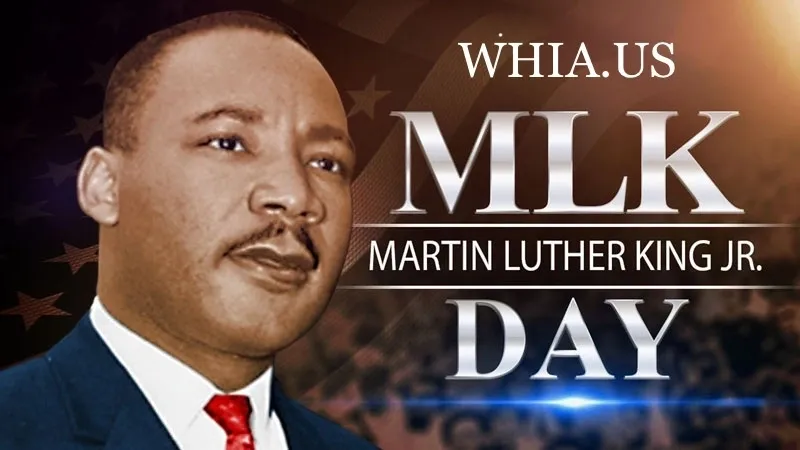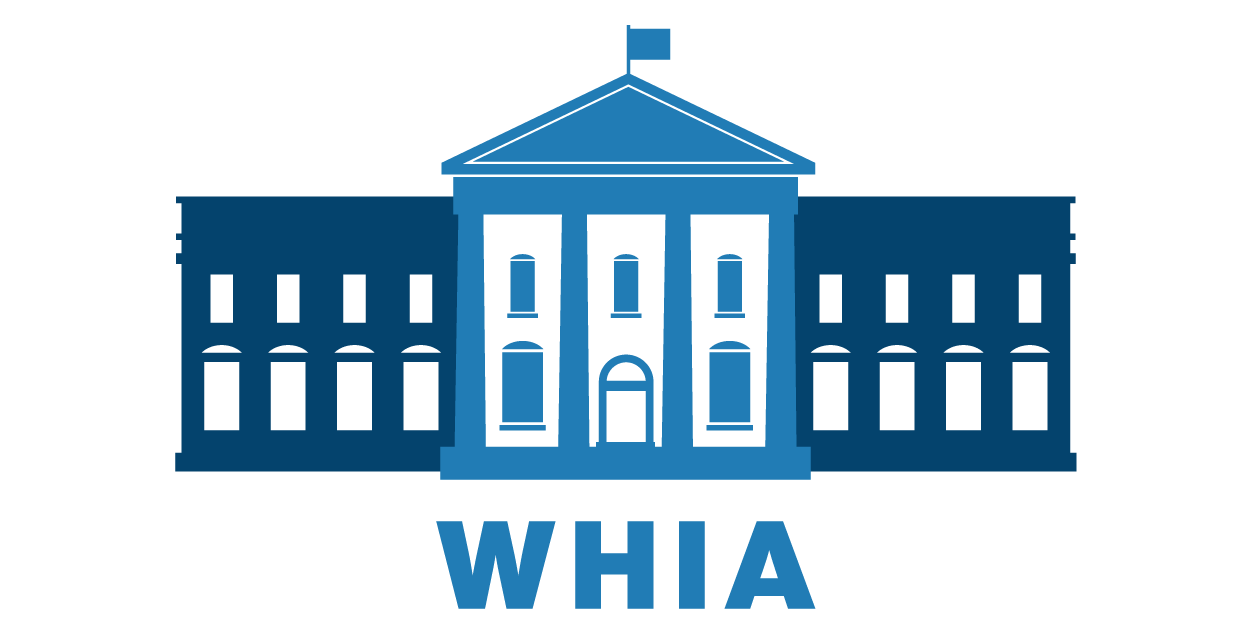
HISTORY OF MARTIN LUTHER KING JR. DAY
The concept of Martin Luther King Jr. Day as a holiday was promoted by labor unions. After King’s death, U.S. Representative John Conyers and U.S. Senator Edward Brooke introduced a bill in Congress to make King’s birthday a national holiday. The bill first came to a vote in the U.S. House of Representatives in 1979; however, it fell five votes short of the number needed for passage. Two of the main arguments mentioned by opponents were that a paid holiday for federal employees would be too expensive and that a holiday to honor a private citizen would be contrary to longstanding tradition, as King never held public office. At the time, only two other figures had national holidays honoring them: George Washington and Christopher Columbus.
Soon after, the King Center looked for support from the corporate community and the general public. The success of this strategy was cemented when musician Stevie Wonder released the single ‘Happy Birthday’ to popularize the campaign in 1980 and hosted the Rally for Peace Press Conference in 1981. Six million signatures were collected for a petition for Congress to pass the law and is considered the largest petition in favor of an issue in U.S. history.
President Reagan originally opposed the holiday, citing cost concerns. But on November 2, 1983, Reagan signed a bill, proposed by Representative Katie Hall, to create a federal holiday honoring King. The bill had passed the Senate by a count of 78 to 22, and the House of Representatives by 338 to 90. The holiday was observed for the first time on January 20, 1986. It’s observed on the third Monday of January rather than directly on Martin Luther King, Jr.’s birthday because it follows the guidelines of the Uniform Monday Holiday Act.
